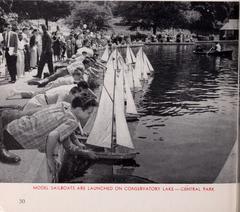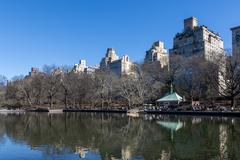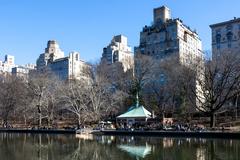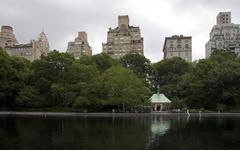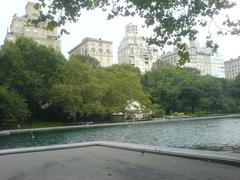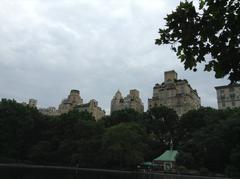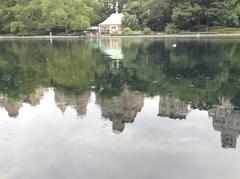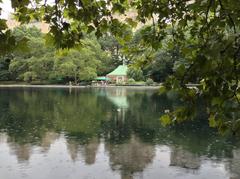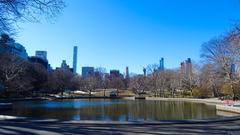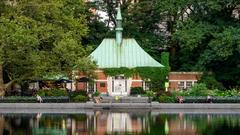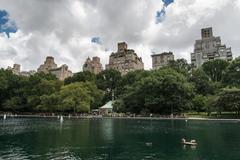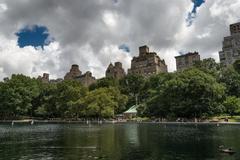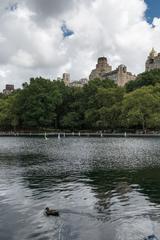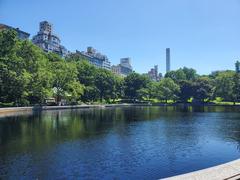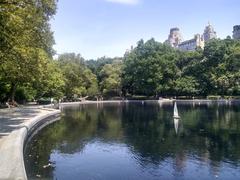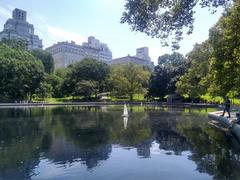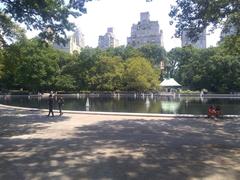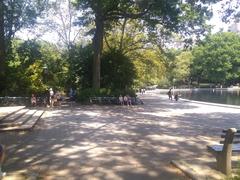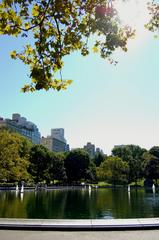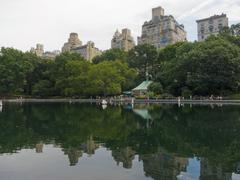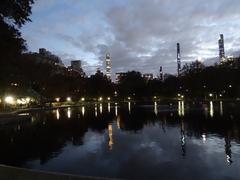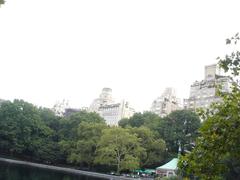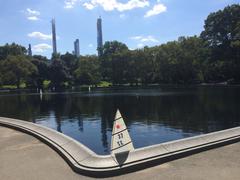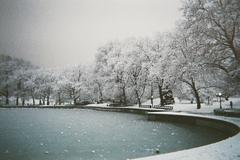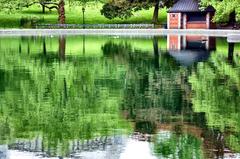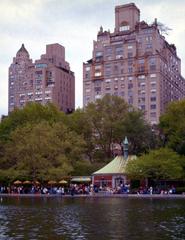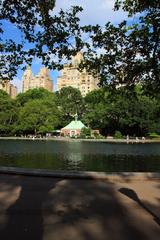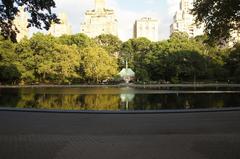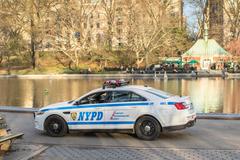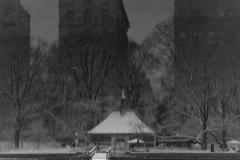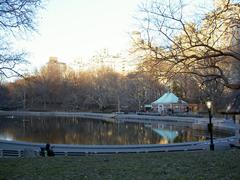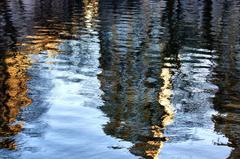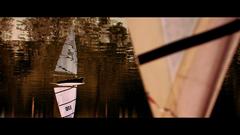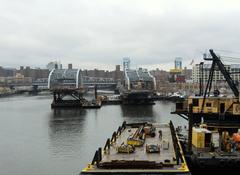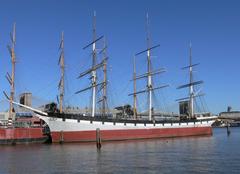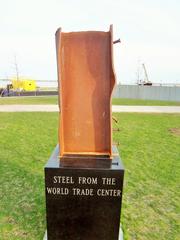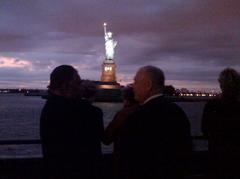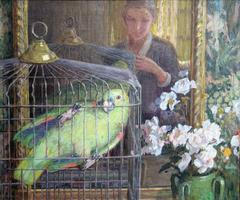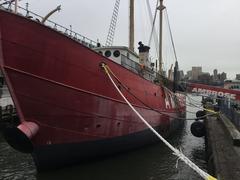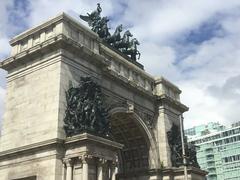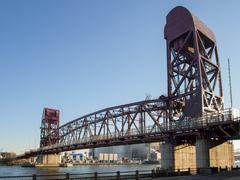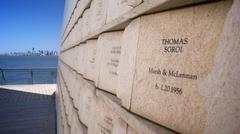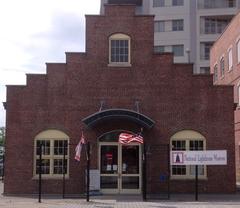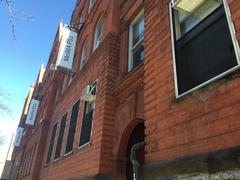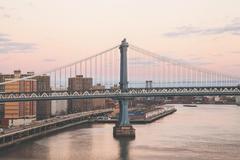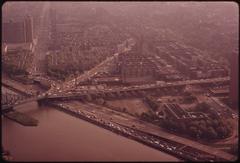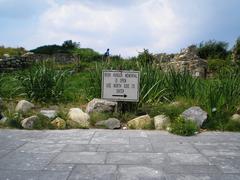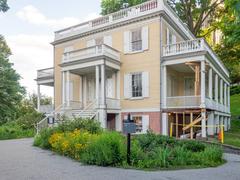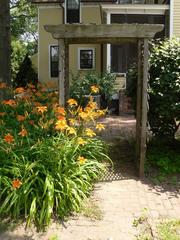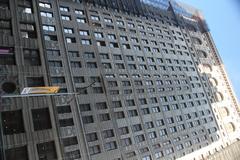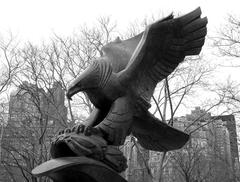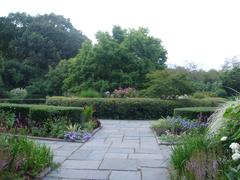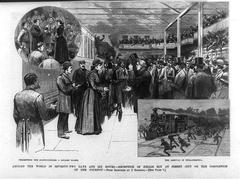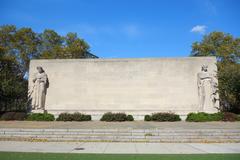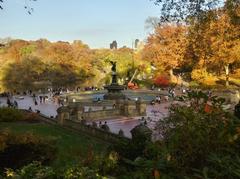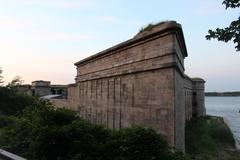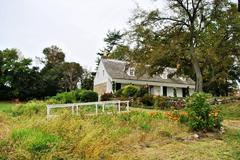
Comprehensive Guide to Visiting Conservatory Water, New York City, United States
Date: 18/08/2024
Introduction
Conservatory Water, a man-made pond nestled in Central Park, New York City, is a site of historical and cultural significance. Originally conceived by Frederick Law Olmsted and Calvert Vaux as part of their design for Central Park in 1858, this pond was meant to serve as a reflecting pool for an unbuilt conservatory (Central Park History). Over the years, it has evolved into a beloved feature of the park, renowned for its model boat sailing, scenic beauty, and literary connections. The pond’s development is closely tied to New York City’s water supply system, notably the Croton Aqueduct, which revolutionized the city’s growth and health (Water in Central Park). Today, Conservatory Water is not only a recreational hub but also a vital habitat for wildlife, maintained through the diligent efforts of the Central Park Conservancy. This comprehensive guide explores the history, cultural significance, and practical visitor information for this iconic site, ensuring a memorable experience for all who visit.
Table of Contents
- Introduction
- History and Significance
- Cultural and Recreational Significance
- Restoration and Conservation Efforts
- Notable Features and Attractions
- Environmental Impact and Wildlife
- Visitor Tips and Information
- Accessibility and Amenities
- Community Engagement and Volunteer Opportunities
- Special Events and Guided Tours
- Photographic Spots
- FAQ
- Conclusion
History and Significance
Origins and Development
Conservatory Water was part of the original design by Frederick Law Olmsted and Calvert Vaux, who won the competition to design Central Park in 1858. Intended as a reflecting pool for an unbuilt conservatory, the pond is now a beloved feature of Central Park, which spans from 59th to 106th Streets, between Fifth and Eighth Avenues (Central Park History).
Engineering Feats and Water Supply
The creation of Conservatory Water is closely linked to New York City’s water supply system. The Croton Aqueduct, built between 1837 and 1842, brought fresh water from the Croton River, revolutionizing the city’s growth and health (Water in Central Park). The Upper Reservoir, now the Jackie Kennedy Onassis Reservoir, was constructed in 1858 and opened in 1864, playing a crucial role in the development of Central Park, including Conservatory Water.
Cultural and Recreational Significance
Model Boat Sailing
Conservatory Water is famously known for its model boat sailing, a tradition dating back to the early 20th century. The Kerbs Boathouse on the eastern shore provides rental model boats and is a hub for enthusiasts and tourists. The boating season typically runs from April to October and can extend to November (Conservatory Water).
Literary and Artistic Connections
The area is featured in E.B. White’s classic children’s book “Stuart Little,” where the titular character races a model sailboat. This literary connection adds to the charm and allure of the location, making it a favorite spot for families and children.
Restoration and Conservation Efforts
The Central Park Conservancy, established in 1980, has invested nearly $1 billion to restore and maintain Central Park, including Conservatory Water (Central Park History). These efforts ensure that the pond remains a vibrant and healthy habitat for wildlife and a serene spot for visitors.
Notable Features and Attractions
Seasonal Planting Beds and Café
The area is adorned with beautiful seasonal perennial planting beds. The Kerbs Boathouse also features a café run by Le Pain Quotidien, offering light snacks and beverages. The café’s patio is a perfect spot to relax and enjoy the scenic views of the pond (Conservatory Water).
Historical Monuments and Sculptures
Adjacent to Conservatory Water are several historical monuments, including the Alice in Wonderland statue by José de Creeft, created in 1959. This bronze sculpture is a popular attraction for children who love to climb and explore the whimsical figures.
Environmental Impact and Wildlife
Conservatory Water serves as a habitat for various species of wildlife. The Central Park Conservancy’s efforts to maintain the pond’s water quality are crucial for supporting this biodiversity. Visitors can often spot ducks and other waterfowl swimming in the pond, adding to the tranquil ambiance.
Visitor Tips and Information
The best time to visit is during the boating season from April to October, although the season can extend to November. The Kerbs Boathouse opens at 7 AM and closes 15 minutes before sunset (Conservatory Water). Visitors are encouraged to check the weather forecast and plan accordingly.
Accessibility and Amenities
Conservatory Water is easily accessible from the East 72nd Street entrance. The area is equipped with benches and shaded spots, providing comfortable seating options. The nearby café offers refreshments, making it a perfect spot for a leisurely break.
Community Engagement and Volunteer Opportunities
The Central Park Conservancy offers various volunteer opportunities for those interested in contributing to the park’s upkeep. Volunteers can participate in activities such as gardening and maintenance (Central Park History).
Special Events and Guided Tours
Conservatory Water hosts special events throughout the year, including model boat races and nature walks. Guided tours are available, offering insights into the history and significance of the area. These tours provide a deeper understanding of the site’s cultural and natural heritage.
Photographic Spots
The picturesque setting of Conservatory Water makes it a popular spot for photography. The reflections in the pond, the vibrant planting beds, and the historical monuments provide numerous opportunities for stunning photographs.
FAQ
What are the visiting hours for Conservatory Water?
The visiting hours are from 7 AM until 15 minutes before sunset.
Are there any ticket prices for visiting Conservatory Water?
There are no ticket prices for visiting Conservatory Water; it is free to the public.
How do I get to Conservatory Water?
Conservatory Water is located near the East 72nd Street entrance of Central Park.
Conclusion
Conservatory Water stands as a testament to the vision and dedication of its creators and caretakers. From its origins as a reflecting pool in Olmsted and Vaux’s design to its current status as a cherished recreational and cultural landmark, the pond encapsulates the blend of natural beauty and urban ingenuity that defines Central Park. Visitors can enjoy a variety of activities, from sailing model boats to exploring the surrounding sculptures like the Alice in Wonderland statue (Conservatory Water). The Central Park Conservancy’s ongoing restoration efforts ensure that Conservatory Water remains a vibrant and healthy environment for both wildlife and people. Whether you’re a local or a tourist, sailing a model boat, enjoying a café snack, or simply taking in the serene surroundings, Conservatory Water offers a unique and memorable experience. For the latest updates and more information, visitors are encouraged to download the Central Park app, check related posts, or follow on social media.
References
- Central Park History. (n.d.). Retrieved from Central Park NYC
- Water in Central Park. (n.d.). Retrieved from Central Park NYC
- Conservatory Water. (n.d.). Retrieved from Central Park

